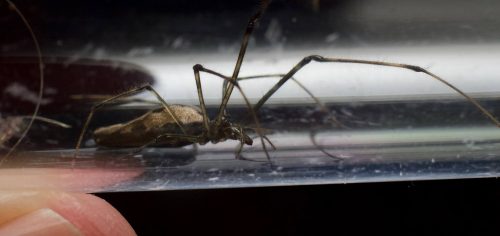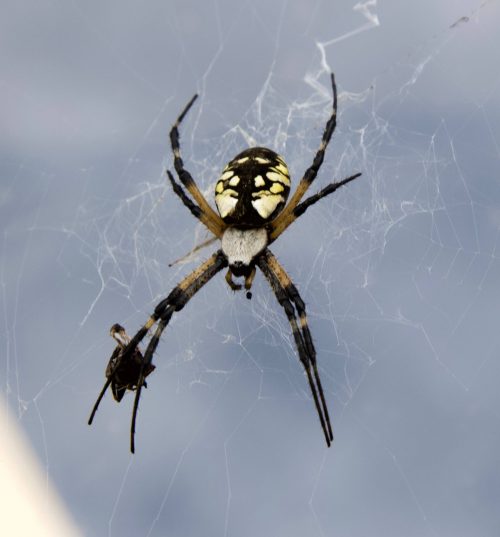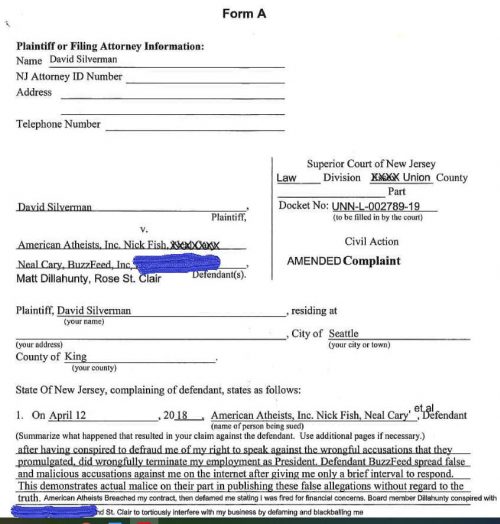I’ve been seeing a lot of excitement about this new discovery on an extrasolar planet: it’s got water.
“We know that water vapor exists in the atmospheres of one extrasolar planet and there is good reason to believe that other extrasolar planets contain water vapor,” said Travis Barman, an astronomer at the Lowell Observatory in Arizona who made the discovery.
That’s cool. Not at all surprising, but cool. I shouldn’t think it unexpected that H2O is found throughout the universe. I’ve also been seeing naive gushing about prospects for colonizing other worlds. They never seem to take the other parameters of this planet into account.
HD209458b is separated from its star by only about 4 million miles (7 million kilometers)-about 100 times closer than Jupiter is to our Sun-and is so hot scientists think about it is losing about 10,000 tons of material every second as vented gas.
It’s also 220 times the mass of Earth and has a surface (I’m curious about what kind of surface this gas giant has) temperature of about 1000°C. Since it’s 159 light years away, I won’t be taking a vacation there in my lifetime.
Well, when you put it that way, maybe I’d like to visit, just a little bit.
Correction: the latest buzz is about K2-18b, a rocky planet that is only 7-10 times Earth’s mass, and a mere 110 light years away. Compared to HD209458b, it’s a paradise practically right next door!
How to interpret the data they’ve got seems to be complicated.
Ingo Waldman, on the University College London team, explained that three different scenarios fit the data equally well: The atmosphere could be pure hydrogen with lots of water, or the atmosphere could contain hydrogen and nitrogen with just a little bit of water. Or a third option allows for a hydrogen atmosphere, a “tiny speck” of water, and high-altitude clouds or hazes that obscure the view.
Benneke and his colleagues throw in another option: liquid water in addition to water vapor. Their calculations suggest that it could rain in the mid-atmosphere of this world.
I don’t think that, after our quick jaunt for a vacation on K2-18b, we’re going to be breathing that atmosphere. H2 on Earth is present in less than one part per million, so that they’re even discussing how much hydrogen fills the skies of K2-18b is a little off-putting.










